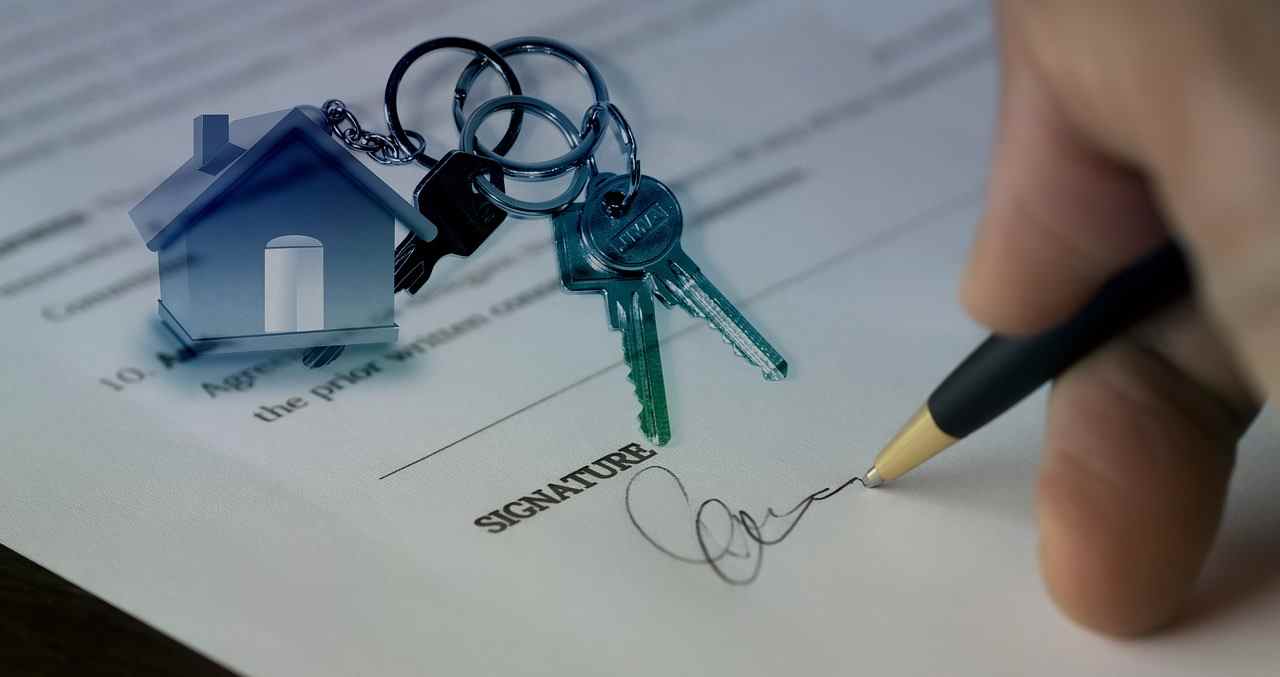Buy Commercial Real Estate 2025: Expert Guide
Learn how to buy commercial real estate in 2025 with expert tips on financing, due diligence, and smart investing.

Admin
July 23, 2025

Why Buy Commercial Real Estate?
Commercial real estate (CRE) is a powerful asset class that offers income generation, equity growth, and tax advantages. Unlike residential properties, CRE often comes with long-term leases, lower vacancy risks, and professional tenants. Businesses can also benefit by owning rather than leasing, building equity and controlling occupancy costs.
Advertisement
In-Content Ad
Blog Detail - After Two Paragraphs
High Engagement Zone
In 2025, CRE remains attractive due to steady rental demand across sectors like industrial, medical, and logistics. Buyers can also leverage tax benefits, including depreciation and 1031 exchange
Step 1: Define Your Goals
Clarify whether you are buying for business use, passive income, or value-add opportunities. Set parameters like property type, location, and budget. Define your expected ROI, cash flow targets, and risk tolerance to streamline your search.
Step 2: Assemble a Professional Team
A successful CRE purchase involves:
- Commercial Broker: Finds suitable deals and negotiates terms.
- Attorney: Handles contracts and legal risks.
- Lender/Mortgage Broker: Secures favorable loan terms.
- CPA: Optimizes tax benefits and ensures accurate financial analysis.
- Property Inspector/Engineer: Evaluates the building’s condition.
Step 3: Explore Financing Options
Financing is crucial for CRE purchases. Most lenders require 20–35% down, though SBA 504 and 7(a) loans can reduce this to 10% for owner-occupied properties. Understand:
- Debt Service Coverage Ratio (DSCR): Most lenders require a DSCR of at least 1.25.
- Interest Rates: Fixed or floating rates impact long-term profitability.
- Loan Types: Conventional, SBA, bridge loans, or private funding.
Step 4: Identify and Analyze Properties
Use online platforms (LoopNet, CREXi) and off-market strategies like direct mail or networking. Analyze:
- Net Operating Income (NOI): Total income minus operating expenses.
- Cap Rate: A measure of return, calculated as NOI ÷ Purchase Price.
- Tenant Quality: Long-term, creditworthy tenants reduce risks.
- Location Trends: Look for areas with strong economic and population growth.
Step 5: Conduct Market Research
Beyond property-level analysis, study local market trends, zoning laws, and demographic data. Consider:
- Employment rates and economic indicators.
- Planned infrastructure projects.
- Vacancy and rental rates in competing properties.
- Future supply and demand for commercial spaces in the area.
Step 6: Make an Offer and Negotiate
Start with a Letter of Intent (LOI) covering price, contingencies, and timelines. Work with your attorney to draft the Purchase and Sale Agreement (PSA). Negotiate favorable terms like extended inspection periods or seller concessions.
Step 7: Conduct Due Diligence
Perform a detailed review of:
- Financials: Rent rolls, operating expenses, and tax returns.
- Property Condition: Roofing, HVAC, structural integrity.
- Legal: Title checks, zoning verification, and tenant leases.
- Environmental: Phase I or II Environmental Site Assessments to detect contamination.
Step 8: Understand Tax Benefits
CRE ownership offers significant tax advantages:
- Depreciation: Deduct property value over time.
- 1031 Exchange: Defer capital gains tax by reinvesting in another property.
- Cost Segregation: Accelerate depreciation for certain components.
- Loan Interest Deductions: Reduce taxable income.
Consult a CPA to leverage these benefits fully.
Step 9: Explore Value Add Strategies
Increase returns by:
- Renovating to raise rents.
- Adding amenities like EV charging stations.
- Repositioning underperforming properties.
- Converting unused spaces (e.g., office to medical or coworking spaces).
These strategies can significantly boost property value and income.
Step 10: Close the Deal
After completing due diligence and securing financing, finalize the transaction. Ensure all documents, tenant agreements, and insurance policies are in place. Use a checklist for a smooth closing.
Step 11: Manage the Property Post Purchase
Owning CRE requires active management. Either self-manage or hire a property manager to handle:
- Tenant relations and lease renewals.
- Regular maintenance and repairs.
- Rent collection and accounting.
- Compliance with safety and legal requirements.
Step 12: Monitor Market Trends
Stay updated on:
Advertisement
Mid-Article Ad
Blog Detail - Middle of Content
Maximum Visibility
- Interest rate changes.
- Local and national economic shifts.
- New development projects that could impact value.
- Technology trends like smart building systems.
Proactive monitoring ensures long-term success.
FAQs
1. How much down payment is needed?
Typically, 20–35% of the purchase price is required, though SBA loans can lower it to around 10%.
2. How is commercial property value calculated?
Most CRE is valued using the income approach: Value = NOI ÷ Cap Rate.
3. Is it better to buy or lease for my business?
Buying offers equity and stability, while leasing provides flexibility. Compare costs and long-term goals.
4. What is DSCR?
The Debt Service Coverage Ratio shows a property’s ability to cover debt. A DSCR of 1.25x means 25% more income than required for loan payments.
5. How long does closing take?
Most deals close within 45-75 days, depending on financing and inspections.
6. Can I buy CRE with little money down?
It’s possible with SBA loans, seller financing, or partnerships, but some equity is usually required.
7. What is due diligence?
It’s the process of verifying all financial, legal, and physical aspects of a property before closing.
8. What are common CRE mistakes?
Overpaying, skipping inspections, or ignoring tenant quality are common errors.
9. What is a 1031 exchange?
A 1031 exchange allows deferring capital gains by reinvesting in similar investment property.
10. What type of CRE is best in 2025?
Industrial and medical properties show strong demand and resilience.
Conclusion
Buying commercial real estate in 2025 is both a strategic investment and a long-term wealth-building opportunity. Unlike residential purchases, CRE requires a deeper understanding of market cycles, tenant dynamics, financing structures, and risk management. Success begins with setting clear objectives, whether you aim to occupy the property, generate passive income, or pursue value-add projects that enhance returns.
In today’s evolving economic climate, a well-executed CRE acquisition can provide stable cash flows, hedge against inflation, and offer tax advantages that significantly improve net returns. However, the path to ownership demands rigorous due diligence. Analyzing financial metrics such as Net Operating Income (NOI), Cap Rate, and Debt Service Coverage Ratio (DSCR) ensures you are buying an asset with solid fundamentals. Equally important is studying local market conditions, future infrastructure plans, and tenant creditworthiness, as these factors will influence the property’s performance for years to come.
Advertisement
Before Last 2 Tags
Blog Detail - Before Last 2 Tags in Description
Final Engagement Point

About Admin
Related Articles

Best Bag for Real Estate Agent 2025
Real estate agents need bags that blend style, function, and comfort. Discover the 2025 picks that keep you organized and professional all day.

Admin
Aug 26, 2025

Can You Lose Your Real Estate License? Expert Guide
Discover the real reasons agents lose real estate licenses. Avoid costly mistakes with expert insights and real-world examples.

Admin
Aug 19, 2025

506(b) Real Estate: SEC Rules & Benefits Explained
Learn what 506(b) real estate means, its SEC rules, benefits, and investor requirements in this expert guide for 2025 property syndications.

Admin
Aug 15, 2025